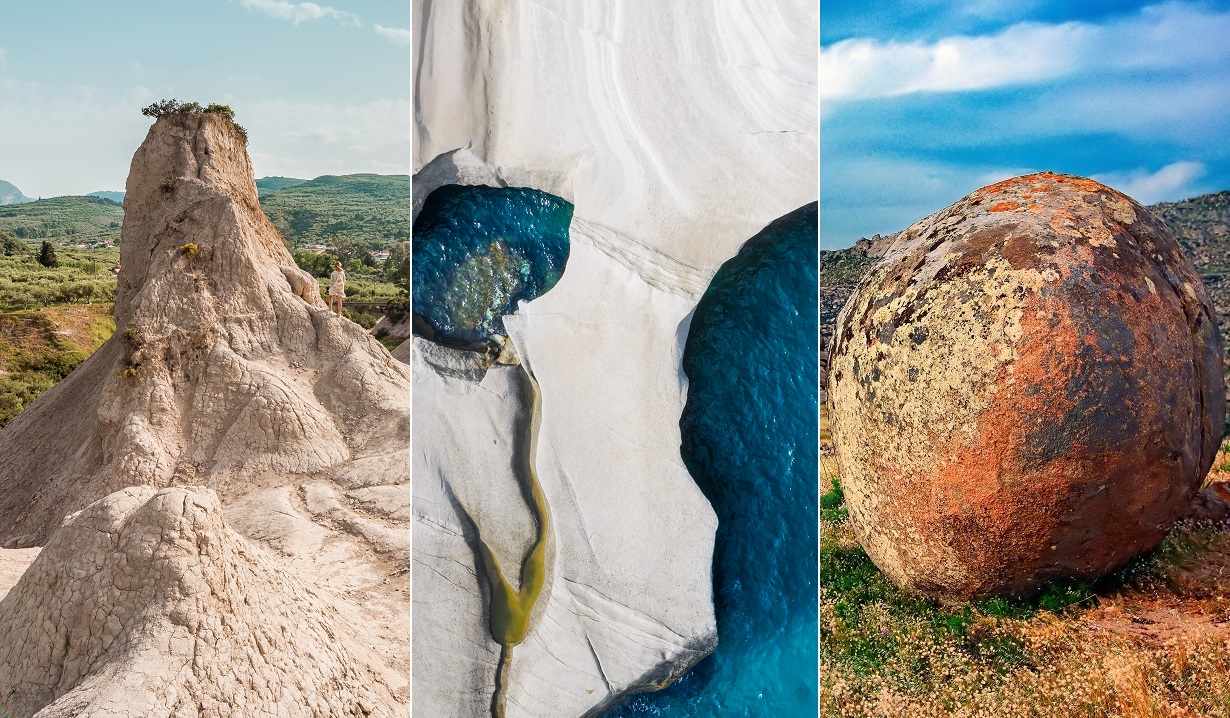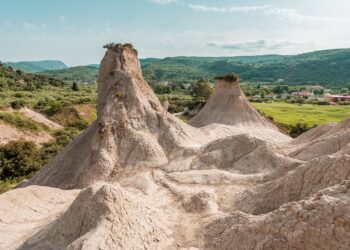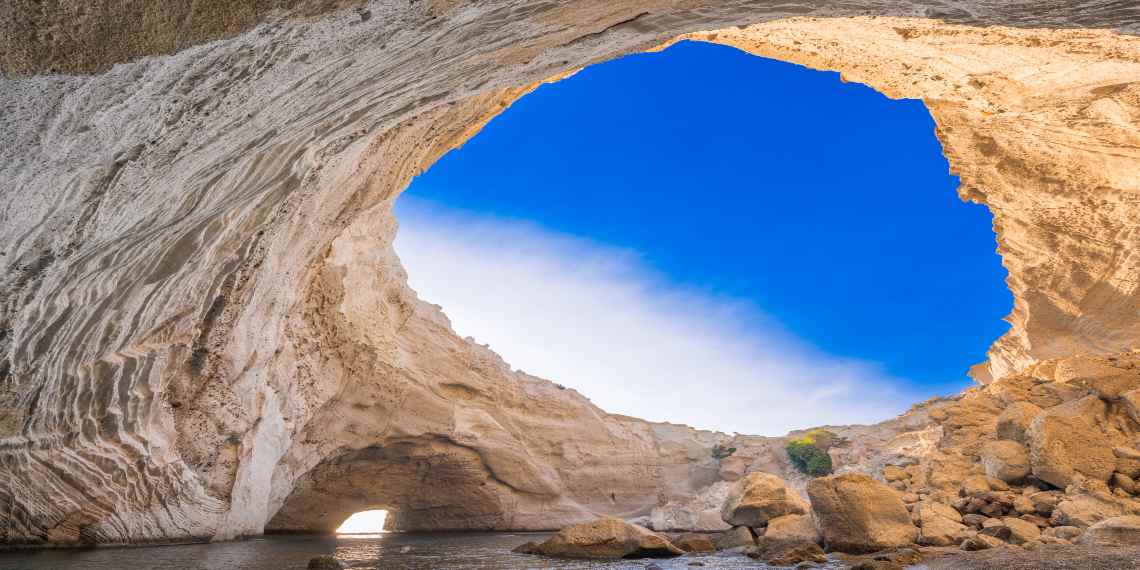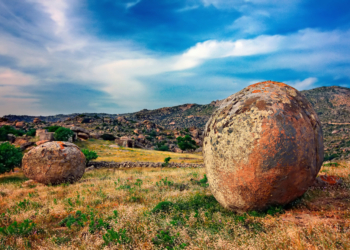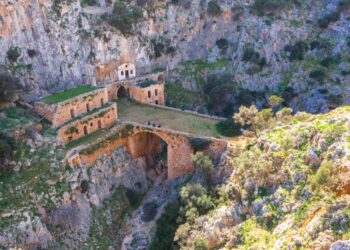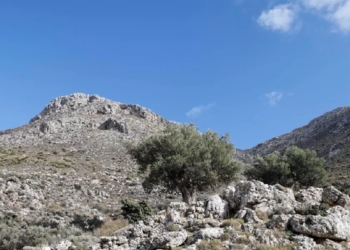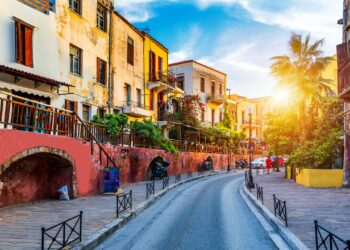Wherever you travel in Greece you will see magical images, intense contrasts, running waters, green slopes, and settlements with traditional and modern elements from end to end. A category that fascinates the visitor all year round is that of the lunar landscapes of Greece which you meet mainly on its islands. It is not necessary, however, to be there in summer to admire the lunar landscapes of Greece.
A journey through history through five emblematic castles of Greece
The lunar landscapes of Greece
Volakas, Tinos (Volax)
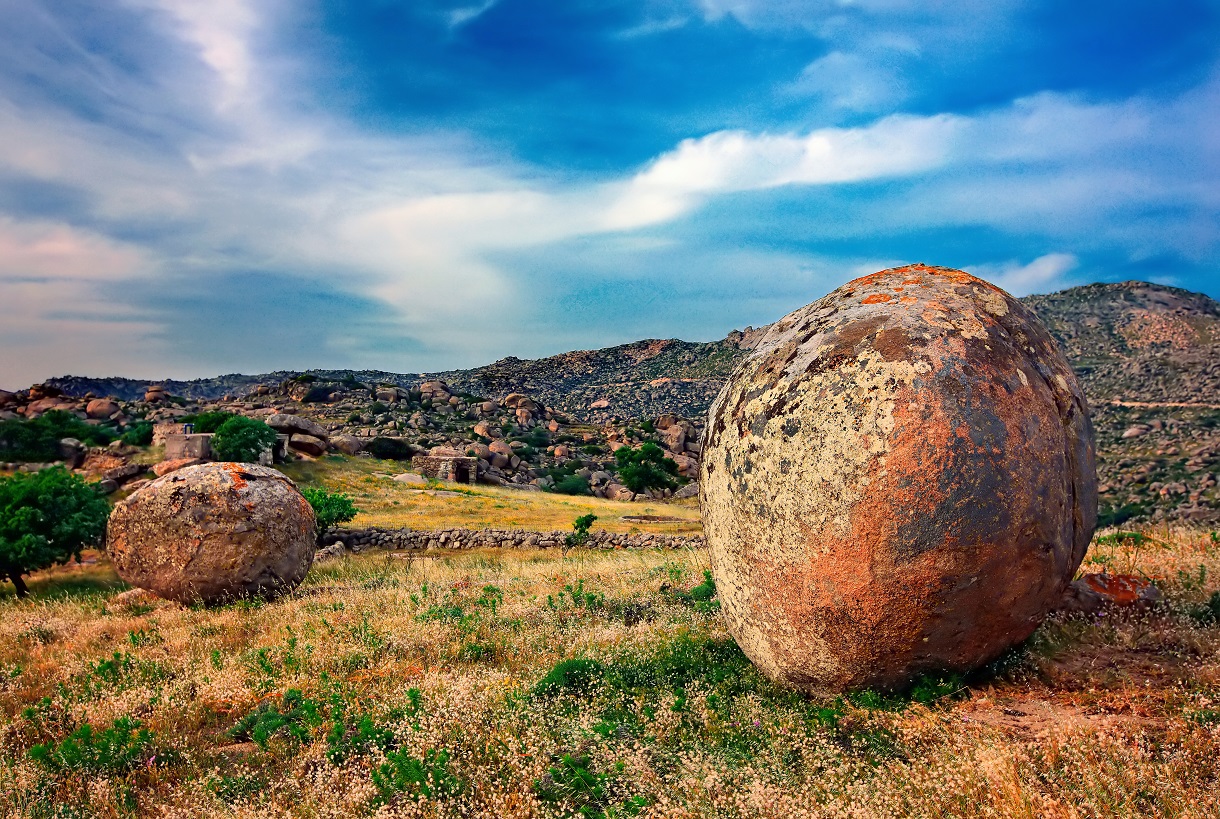
The village of Volakas in Tinos offers one of the most beautiful and special landscapes of the country to the visitor. An eerie lunar landscape with huge imposing granite rocks scattered over a large area. As you see the rocks from afar or closer, sometimes they resemble marbles, sometimes birds and sometimes even human bodies. It is an image that you will not find anywhere else in Greece.
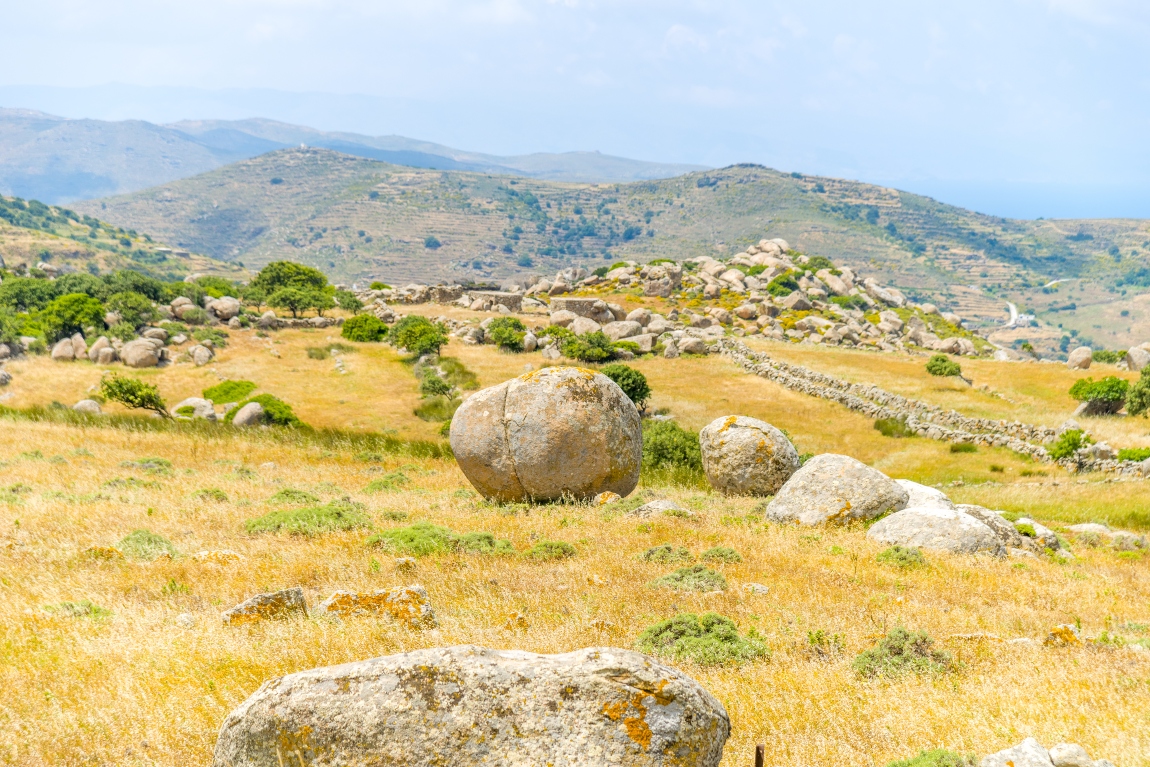
But how was this unique landscape created on the island of Tinos? Experts believe that the creation of these rocks in these locations is based on some geological phenomena of the area, which were so intense that the erosion of granite by wind and moisture was achieved. Then this humidity created this eerie lunar landscape.
Sarakiniko, Milos
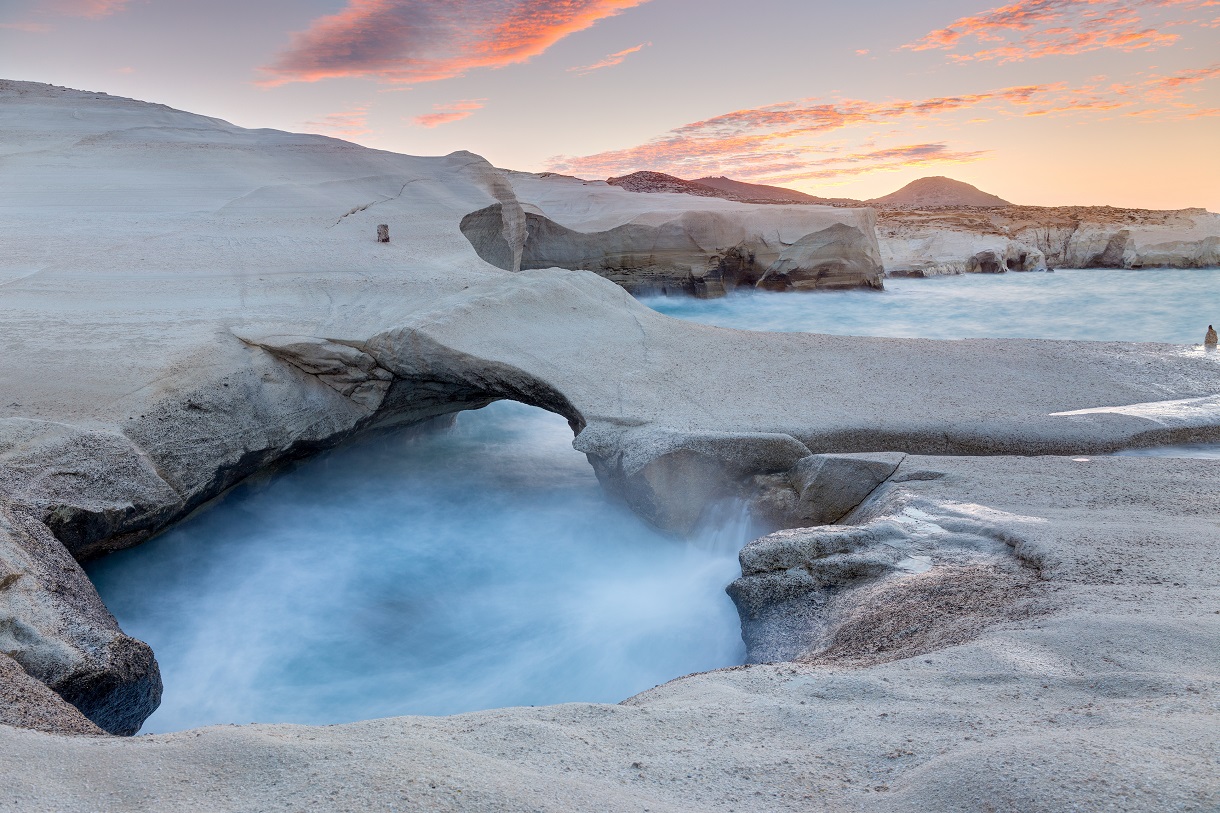
Here lies one of the most famous and famous lunar landscapes of Greece. Sarakiniko seems to be on another planet and causes awe to visitors. After all, the whole of Milos is a special island, a natural geological museum. The images you will see there are mostly due to the intense volcanic activity that has existed since antiquity and filled the island with abundant rocks and minerals, as well as rare morphological formations.
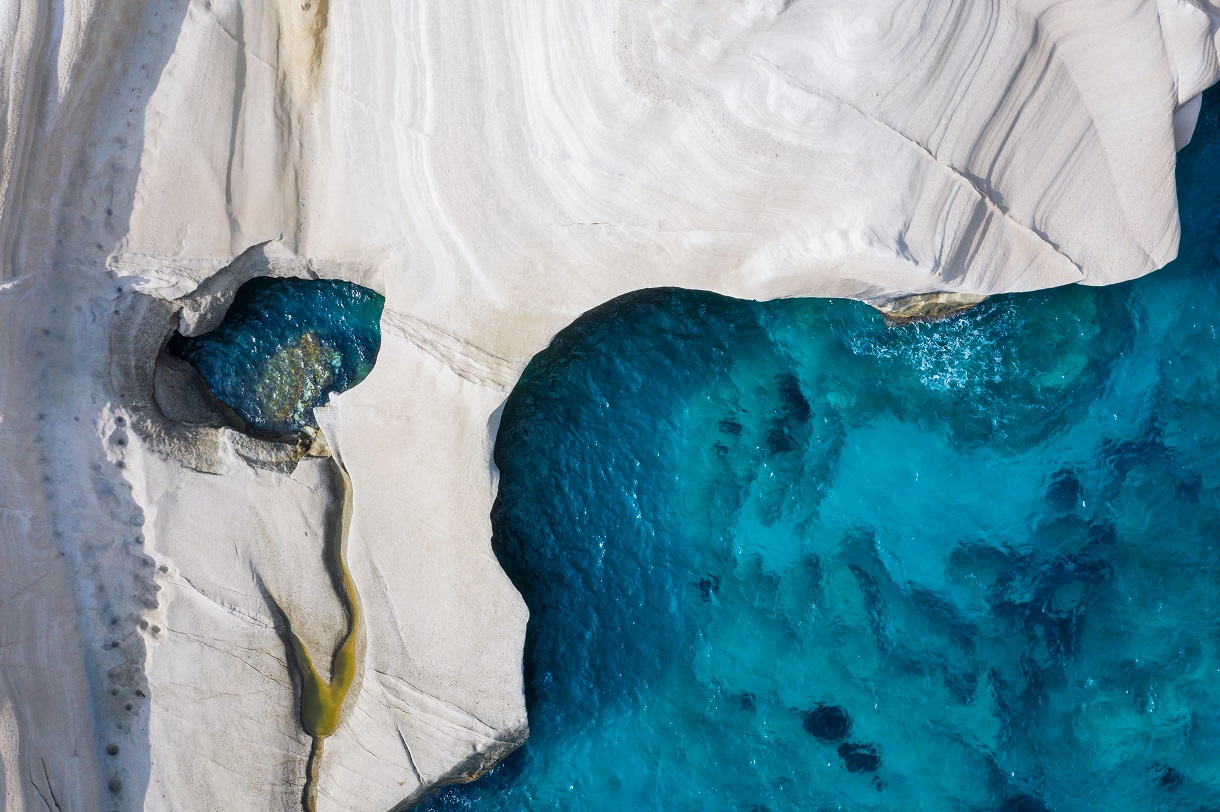
Sarakiniko is a small beach surrounded by white smooth rocks, carved by the wind and the sea. The lunar landscape looks like a puzzle consisting of volcanic eroded rocks and emerald sea while creating small and large caves. A very important role is played by the white color of the rocks but also the lack of green that makes the spot reminiscent of the moon. Undoubtedly one of the most beautiful, especially in the early morning hours, lunar landscapes of Greece.
Komolithi, Crete
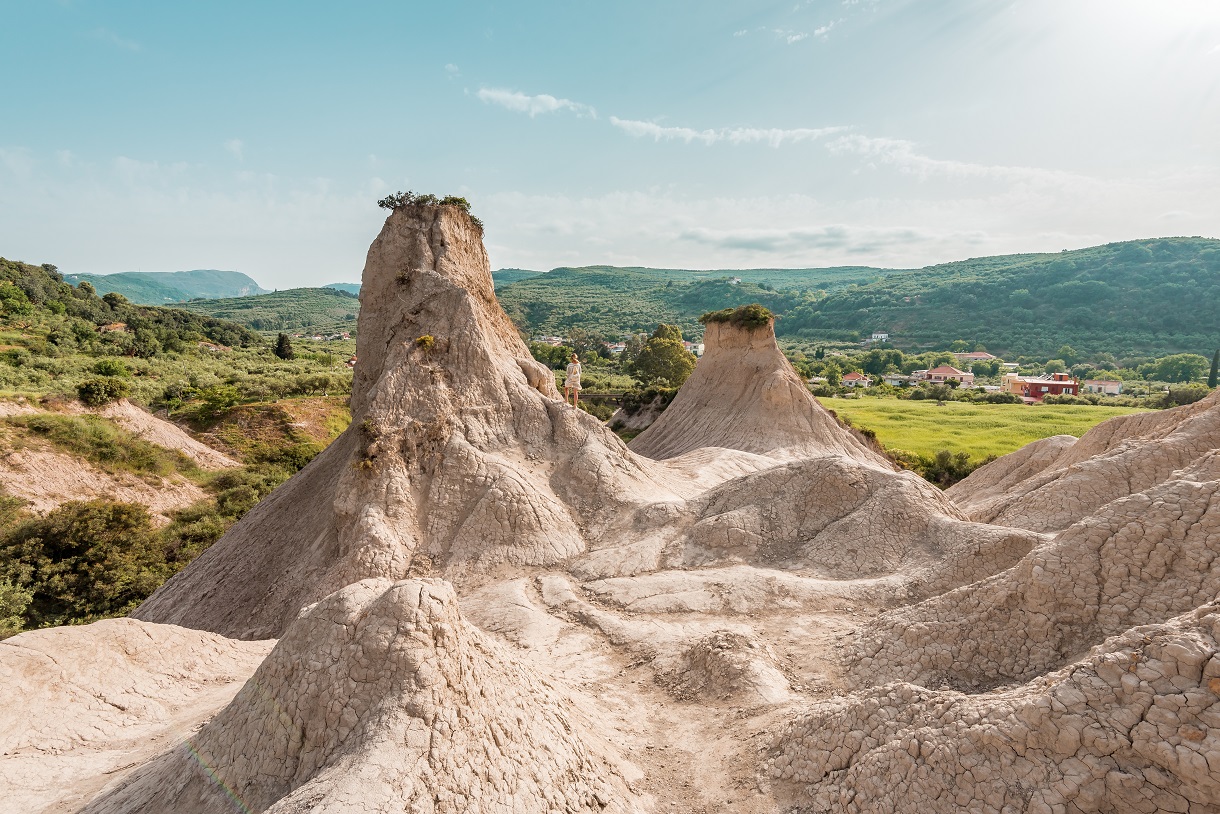
We move even further south, this time to Crete. There is still one of the most breathtaking lunar landscapes in Greece and one of the strangest. They are the famous Komoliths that many liken to Cappadocia in Turkey and not unfairly. Komolithoi are special formations in the village of Potamida, Kissamos, in the valley of the Tyflos River Potamos. About 30 km away from Chania. What are these formations?

These are essentially separate hills that consist of soft clay to which over time erosion has given these wonderful forms. Although it resembles an eerie lunar landscape, it is not isolated but is located just a few meters away from the houses of the village. Looking from above, one will notice that small and larger meteors are created, completely bare of vegetation on the sides. The ascent to Komolithi is easy as well as the hike among them.


